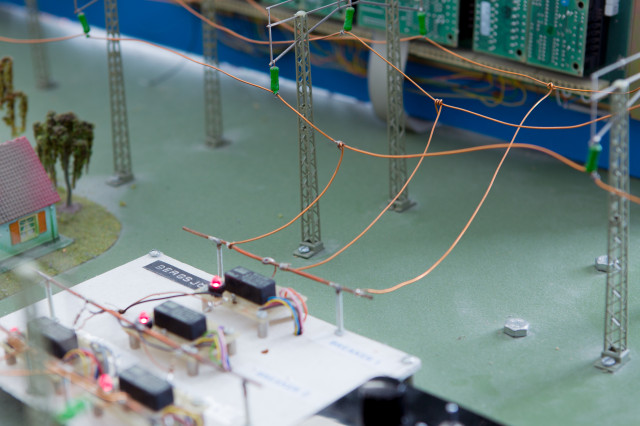The course begins with a presentation of a number of design problems within the areas electric power engineering, antenna techniques, plasma physics, etc where modelling is an essential tool for design and understanding. The introductory part describes further what a model is and gives an overview of different types of models. Basic modelling techniques are described.
The main part of the course includes 6-8 tasks to be solved in groups. For each task lectures are given that introduces the problem and repeats the theory needed to solve the problem. The task involve that the student formulates the problem and develops a model that can be used to solve it. The model can e.g. be a mathematical description and the equations can be solved analytically or numerically. The model can also be an equivalent circuit which is used for analysis of the problem
The tasks include e.g. electric and magnetic field problems, medical applications, plasmas in space and technical applications.
The course is a basic course in electrotechnical design including electrical, mechanical and thermal design.
Aim
The overall aim is to
-supply knowledge of how electrical, magnetic, mechanical, and thermal aspects are treated in design of electrotechnical apparatus
-train the ability to by means of models and computer based aids independently solve electrotechnical design problems
After completion of the course the student will be able to
-describe the function of some electrotechnical components and function and properties of involved magnetic, dielectric and conductor materials
-describe and explain how electrical and magnetic fields influence on the function of electrotechnical equipment
-use analytical, dynamic simulation and the finite element method for dimensioning of electrotechnical equipment
-identify functional properties of electrotechnical components by means of analytical methods, dynamic simulation and the finite element method
-modify electrotechnical components by use of analytical methods, dynamic simulation and the finite element method such that properties and performance better meet given demands
-summarise and value a proposed design regarding properties and performance in a technical report
